Why does the universe limit the speed of light, and what would happen if the speed of light were infinite?
In physics, light has always been a mystery. First, we cannot determine whether it is a particle or a wave. Secondly, the speed of light is always constant, which leads to the idea that spacetime in the universe is no longer absolute. As a result, the passage of time in different regions of space becomes different, and these phenomena all originate from light.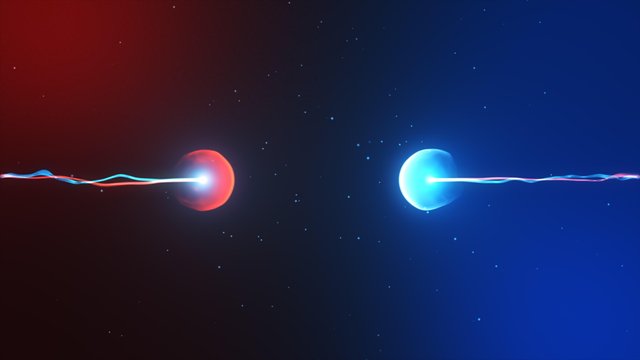
In the early double-slit experiment, light behaved like a wave, but in the photoelectric effect, it behaved like a particle.
Finally, in 1900, Planck proposed a new radiation theory. To fully explain blackbody radiation, light must be quantized. In other words, light can only be emitted in discrete packets of energy, rather than continuously. Only in this way can blackbody radiation be explained.
Now, we know that the nature of light is that of photons, possessing wave-particle duality, superposition states, and following the uncertainty principle.
To correctly describe the quantum nature of light, we generally regard light as a wave and use Schrödinger's wave function for description.
But this leads to another question: if light is a wave, how does it propagate?
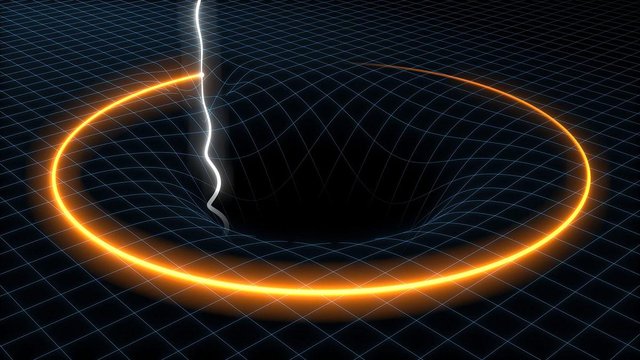
For instance, sound waves and other mechanical waves require a medium to propagate. Before the theory of relativity, physicists believed that the medium for light waves was a substance filling the universe, called the "ether." It wasn't until 1905 that Einstein refuted the ether, proposing that light does not require a medium to propagate and always travels at a constant speed in a vacuum. Furthermore, the speed of light is the fastest speed in the universe. But why is there a speed limit in the universe, and why is this limit the speed of light?
Firstly, the speed of light is determined by two fundamental properties of a vacuum: the vacuum permittivity and magnetic permeability. These two constants have been measured with great precision and are unchanging, which results in the speed of light remaining constant. You can think of these constants as the resistance space imposes on the propagation of electromagnetic waves.
There is also a perspective that the speed limit of light might be related to quantum fluctuations.
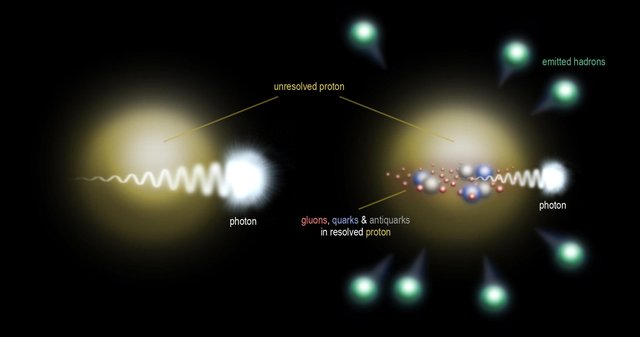
We know that light can travel through a vacuum, but a vacuum is not completely empty because quantum fluctuations always exist. This leads to the vacuum having a fundamental energy value, also called the zero-point energy of the vacuum, which exerts a drag on light as it propagates through the vacuum. This drag restricts the speed of light from becoming infinitely large.
If there were no drag in a vacuum, then the speed of light might have no limit. So from this perspective, the fact that the speed of light cannot be infinite is related to the properties of the vacuum. This also creates an upper limit for the speed at which information can propagate, and this limitation on information propagation establishes the irreversible cause-and-effect relationship in the universe.

Since information cannot travel faster than the speed of light, any event occurring in the universe cannot instantly reach an observer. It is precisely this that protects human civilization.
If the speed of light were infinite, that would mean any event happening anywhere in the universe would simultaneously affect every other event throughout the universe.
For instance, the large number of high-energy photons released during various supernova explosions in the universe could all reach Earth simultaneously. The cumulative energy from these photons would be catastrophic for Earth and could wipe out human civilization.
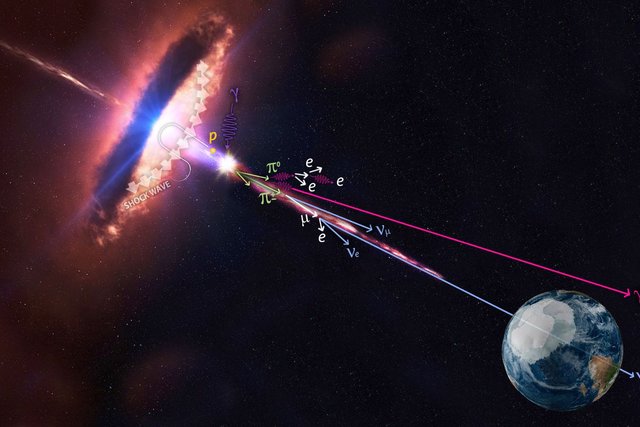
In a universe where the speed of light is infinite, the order of events would likely become chaotic, and we would lose the ability to clearly understand the cause-and-effect relationships of events. As a result, phenomena like redshift wouldn't exist, we wouldn't be able to detect cosmic background radiation, and we wouldn't be able to learn about the history of the universe. The scope of the universe might also become infinite, and the light from all the stars could reach Earth simultaneously. In this case, the entire night sky would be illuminated, and night as we know it might cease to exist.

In fact, the constancy of the speed of light means that the influence of any event in spacetime is limited, and this limit is defined by the light cone. This leads to the saying, "Within the light cone, everything is fated; outside the light cone, all is illusion."
Is the photon the "chosen one"? Why did the universe select photons to represent the maximum speed limit, and not some other particle?
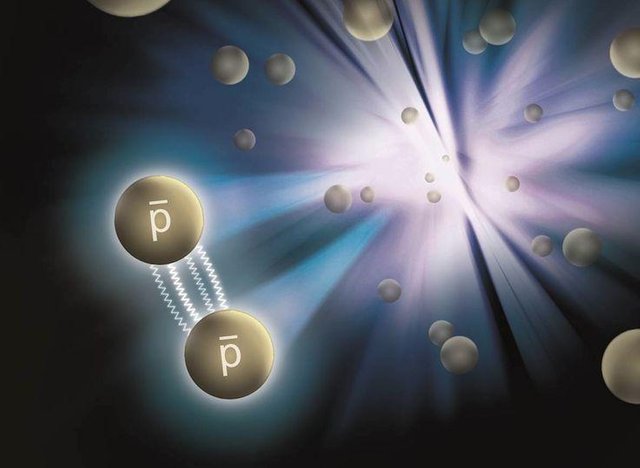
In reality, what the universe limits is not the speed of light per se, but the necessity for the universe to maintain causality. If the universe did not have causality, then the information content of any event occurring in spacetime would be infinite. This infinite information would violate the law of conservation of energy, essentially creating a bug-level existence. The realization of causality requires that there be a speed limit for the transmission of information in the universe. It just so happens that this speed limit is carried by photons.
In fact, other particles could potentially reach the speed of light. The reason we don't call this limit the speed of some other particle is simply because photons were the first and most commonly discovered particles.
In the Standard Model, there are 61 fundamental particles. Fundamental particles with rest mass will inevitably travel at speeds below the speed of light. Particles without rest mass, such as photons and gluons, travel at the speed of light. However, due to the confinement of quarks, gluons are always bound within atomic nuclei and cannot escape, which is why gluons were discovered much later. Therefore, the speed of light is not called the "gluon speed."
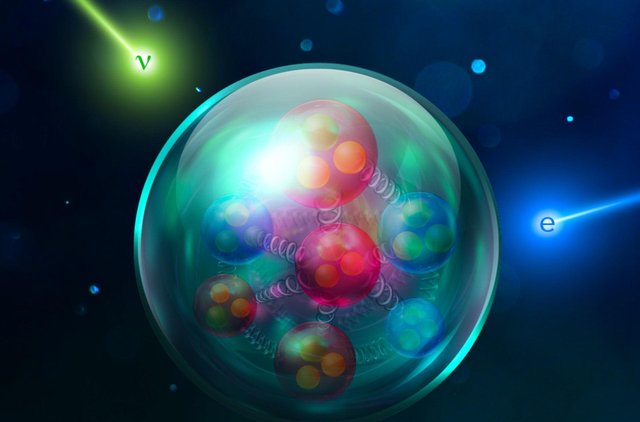
Currently, only photons are able to travel freely through the universe at the speed of light. Most other particles, such as quarks, electrons, and neutrinos, have rest mass, so their speeds are always below the speed of light.
In summary, the speed of light is theoretically limited by the resistance in the vacuum. The speed of light is constant and determined by the unchanging values of the vacuum's magnetic permeability and permittivity.

